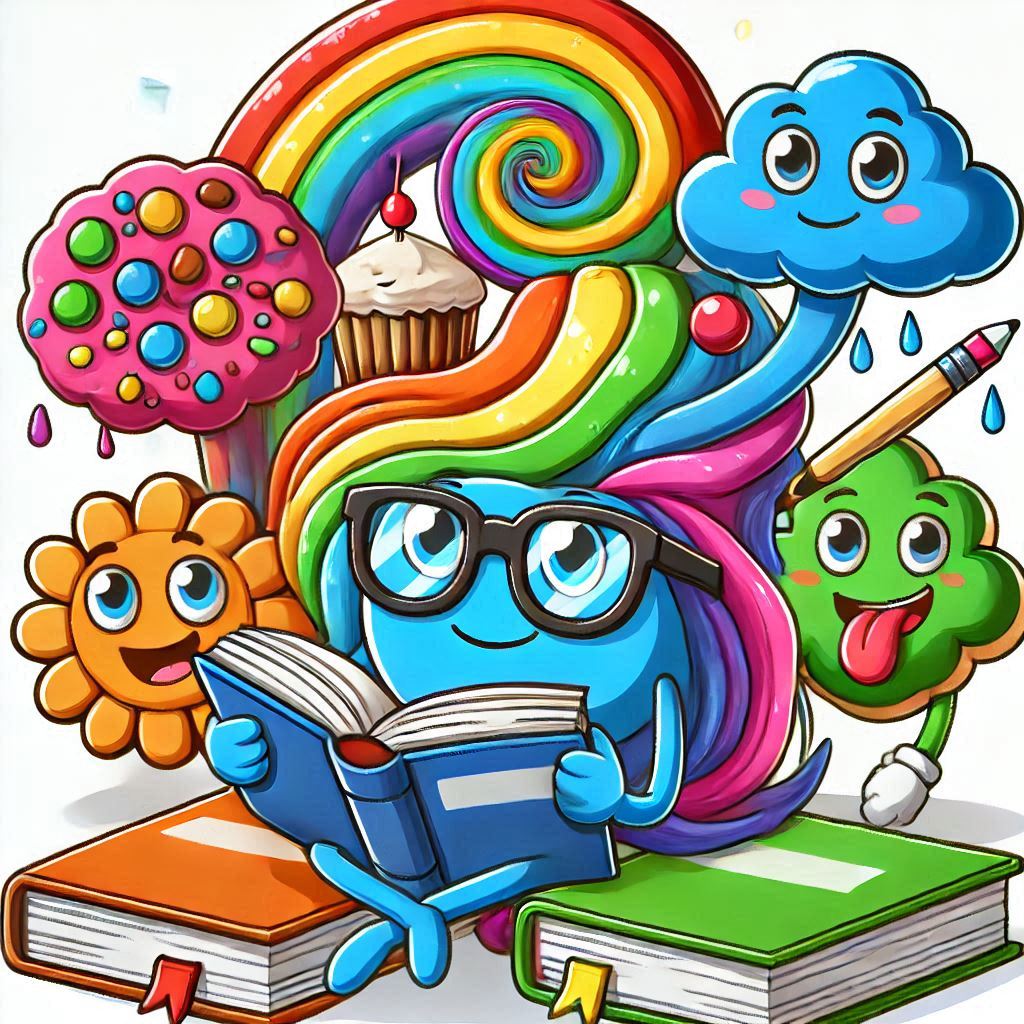
Writing Difficulties
-By Ms. Kirti
What Are Writing Difficulties?
Writing is a complex task and several areas of your brain are involved in the process. There seems to be a genetic link, as dysgraphia often runs in families. Writing difficulties refers to as dysgraphia is a learning disability characterized by writing difficulties, such as impaired handwriting, poor spelling, and problems selecting the correct words to use.
Common characteristics of person with writing difficulties :
1. Poor or illegible handwriting
2. incorrect or odd spelling
3. incorrect capitalization
4. a mix of cursive and print writing styles
5. using incorrect words
6. omitting words from sentences
7. slow writing speed
8. fatigue after writing short pieces
9. inappropriate letter sizing
10. inappropriate letter spacing
11. difficulty with grammar and sentence structure
12. unusual position of the body or hands when writing
13. saying words aloud when writing them down
14. watching the hands while writing
15. tight or unusual pencil grip
16. avoiding tasks involving writing or drawing
17. difficulty taking notes at school or work
Signs and symptoms may include:
1. Illegible or very poor handwriting.
2. Poor/awkward pencil grip.
3. Writing gradually in from the margin on each line, further into the page.
4. Difficulty putting thoughts onto paper.
5. Can verbally tell a story or explain something but can find it difficult to write the information down.
6. Slow to write required amount/task; may run out of class allocated time to write.
7. May avoid writing altogether.
8. Tire quickly when writing.
9. Poor grammar, punctuation, syntax, sentence structure, spelling.
How do you identify students with dysgraphia ?
Poor Handwriting, Inconsistent letter formation, letter reversals, and illegible handwriting can be a sign of dysgraphia. This can also affect or be affected by a student's letter recognition.
Assessment process for writing difficulties:
An assessment for dysgraphia involves careful consideration of your child’s:
1. Learning Strengths and Weaknesses.
2. Educational History.
3. The extent of their writing difficulties.
4. The type of writing difficulties they’re having.
5. What impact targeted teaching therapy (remediation) and support has had on their current academic achievement levels.
Management and Treatment
How is dysgraphia managed?
As dysgraphia has a broad range of signs and each person is affected differently by it, management for dysgraphia is very individualized and planned as per the age, level and individual needs.
Currently, no medications treat dysgraphia. Instead, educational interventions can teach effective, new ways to write and with the planning of IEP.
In general, educational interventions can be categorized by the following levels:
1. Accomodation
2. Modification
3. Remediation
4. Planning of IEP
